1. How To Keep Scissors Sharp
You can't really sew well if your scissors are dull. I mean, you could sew but you'll also need to be able to cut thread and fabric, right? Keeping scissors sharp isn't difficult and it doesn't take much time, but it is essential for sewing. A good way to keep scissors from dulling is to ensure that you only cut fabric with them. Avoid cutting pins and always keep them clean and dry.
Source and more info: andreasnotebook
2. Double Needle Thread Hack
I don't have a lot of experience with a double needle. If you do, you probably know how great they can be when it comes to making double stitches. For those of you like me who don't really know much about double needles, you can easily learn to use them, and there's a great hack for using a dowel rod to replace the second spool holder, as well as one for keeping thread from tangling.
Source and more info: makeit-loveit
3. Easily Gather Fabric
Gathering fabric to make those wonderfully full skirts can be difficult. If you've ever done it, you know how frustrating it can be to keep the fabric in line and get a great ruffle at the same time. You can use crochet thread to help get the perfect gather every time. If you're using a machine, the zig zag stitch is great for gathers, and it makes it so much easier to ensure a uniform gather throughout.
Source and more info: raegunramblings
4. Pinning A Button Hole
If you've ever sewn a button hole, you know the frustrations of getting to the end of your project and seeing that you've sewn that hole right up. A great way to avoid this is to pin the button hole. Just slide a pin across the end of the hole so that you'll see it when you get close. This way, you can get on with sewing as fast as you want without worries of having to cut the hole open when you're finished.
Source and more info: simplesimonandco
5. Serger Thread Hack
If you have a serger, then you likely know how expensive it can get to purchase thread cones, especially when you need four cones of each color for every project. There's a great hack for this that will save you loads of money. You will need one cone of serger thread in the color that your project requires, as well as empty thread spools and an empty bobbin.
Source and more info: moonthirty
6. Learn Stay Stitching
Stay stitching is a sewing must, especially when working with certain fabrics. This is a hack in itself, where you sew a row of stitches onto fabric to help it maintain its shape. It's a great technique for curved edges or anytime you have an edge that may stretch out while you're sewing. You can also use it on folds of fabric, like tucks, to keep them in place when you're attaching other pieces. This is definitely a technique that you'll want to learn.
Source and more info: tillyandthebuttons
7. Finish Seams Without A Serger
I've always wanted a serger but unfortunately, these are not cheap machines. I love the seams that are done on sergers. They're so neat and strong. If you don't have a serger, you can still get those amazing seams with just a little trick that I've picked up. Learning these great seam finishing techniques will help you to sew those seams like a pro, without the expensive pro equipment.
Source and more info: seasonedhomemaker
8. Finishing The Top Of Zippers
Putting in a zipper is one thing but finishing off the top of your zip is something else entirely. It's so difficult to get that perfect "professionally done" look when you're working with zippers. There's a great sewing technique that you can use that will ensure you get the perfect looking zipper top every time, and it's not at all difficult even for beginners. If you're making clothing, this is definitely a technique that you'll want to learn.
Source and more info: burdastyle
9. How To Organize Sewing Pins
Keeping your pins organized is essential in efficient sewing. You don't want to have them falling all over the floor – that can be very painful when you're barefoot. A great trick to keeping pins together is to hot glue magnets onto the bottom of a shallow bowl or saucer. The magnets will keep your pins neatly in the dish and you can get on with your sewing.
Source and more info: sarahjanescraftblog
10. Preventing Thread Tangles When Hand Sewing
Even if you use a machine for most of your sewing, there are going to be times when you'll need to turn to the traditional way of hand sewing. When that happens, it almost never fails that thread becomes tangled. One great way to keep that from happening is to coat your thread with beeswax. It won't change the thread at all and it will make it much easier, not to mention faster, to get that sewing done. This little trick also strengthens thread so it won't break easily when you're sewing.
Source and more info: sew4home
11. Quick Hack To Mark Seam Allowance
Many patterns don't include the seam allowance, so you'll have to add it yourself. There's an easy way to do this which ensures that the seam is uniform throughout. Use a rubber band to hold three pencils together. This gives you the right amount of space between each line and lets you draw the line pattern and the seam allowance line at the same time.
Source and more info: sewmccool
12. Stitching Perfect Quilt Lines
Quilting really is a lost art. If you can quilt, kudos! I love handmade anything, especially quilts but it can be so difficult to ensure that all of those lines stay straight when you're working with so many smaller squares of fabric. There's a hack for that, too. Use masking tape to mark off your edges. The tape keeps those little squares from moving so that you have perfect lines in every stitch.
Source and more info: makery
13. How To Easily Sew Circles
Sewing any shape besides straight down the line can be difficult. If you've ever tried to sew in a circular pattern, you know how hard it can be to get a great stitch and keep it circular. Did I mention that there's a hack for that? You can use a round object and sand paper to create a template that lets you sew the circle and ensure that you have the perfect circular stitch every time.
Source and more info: threadsmagazine
14. Easily Turn A Crisp Corner
Turning a crisp corner and making it look good can be difficult. There is a way that you can make those corners perfectly straight and make your collars look amazing. This technique is practically fool-proof and is really easy to accomplish, even for beginners. The trick is in pressing and stitching the seam allowances.
Source and more info: onegirlcircus
15. How To Use A Bodkin
A bodkin is a tool that helps you to feed elastic through your fabric. If you've never used one, you're really missing out on this easy sewing technique. There is an art to using one properly and learning how can make all those elastic sewing projects a breeze. If you don't have a bodkin, they are relatively inexpensive, and once you get one, you'll wonder why you never used one before!
Source and more info: thesewingloftblog
16. How To Replace A Bodkin
Again, a bodkin is your best friend when it comes to feeding elastic through sewed fabric. However, not everyone owns a bodkin or wants to purchase one. If you don't have one, all is not lost. You can mimic the same effect by simply pinning a safety pin to your elastic and feeding it through with that. It may take a bit longer, but you'll still get it done.
17. Wash Fabric Before Sewing
There are methods of pre-treating fabric that you should learn. Washing fabrics before you sew them can eliminate worries of shrinkage when they are washed afterward. There's nothing worse than sewing yourself a new blouse only to find that it has shrunk and is too small once you've laundered it. Pre-treat your fabrics first, before you sew, to eliminate this problem.
Source and more info: craftsy
18. Learn How To Use Elastic Thread
Making ruffles is actually easy when you're using elastic thread, but there is a trick to using it. You have to remember when you cut your fabric that the thread will pull it in, so you'll need to it larger initially, since it will be about half the size when you sew it. Remember also that the close your lines are when sewing, the more gathered your fabric will be.
Source and more info: rufflesandstuff
19. Pick Up Spare Pins And Needles
While you may have a pin cushion nearby, dropping those pesky pins can be frustrating at best. When you're sewing, it's important to be sure that you've picked up and put away all your pins – believe me when I say those things really hurt when you step on them. Keep a magnet handy when sewing and use it to ensure that you've gotten all your pins and needles when you're finished.
20. Make Your Own Continuous Bias Tape
Bias tape is a great asset to sewers. You can use it to trim your quilts and placemats or use it when hemming to make the process much easier. Many people also use it for arm hole bindings and other tasks. Of course, if you're using it a lot, it can get relatively expensive, particularly for those of you who quilt. Instead of shelling out dough for new tape for every project, you can easily learn to make your own tape with just a few materials and a few minutes of time.
Source and more info: nobigdill
21. Needle Threading Hack
If you're having difficulty seeing those tiny needle holes, there's a trick that can help. Whether you're threading your machine or hand sewing, you can simply spray the tip of your thread with hairspray and it will stiffen it right up. Then it just slips right into the needle eye and you don't have to squint to see it. Just push it right through and without those pesky fraying problems!
Source and more info: artofmanliness
22. Learning How To Use The Narrow Hemmer
If you sew with a machine, you may have a narrow hemmer presser foot. This can be a very handy device for getting those narrow hems perfect, although it can also be difficult to learn how to use the device properly. There's often a lot of trial and error with hems, but this doesn't have to be the case. There's a great tutorial on learning how to use your narrow hemmer, and it will teach you to create those hems like a pro.
Source and more info: threadsmagazine
23. Keep Pins and Needles Sharp
Ever wondered how avid sewers keep their pins and needles sharp and shiny? No, they don't run out and buy new ones with every project. You can use steel wool as a pin cushion to keep needles and pins sharp and working great for years. The next time you make a new pin cushion, just use steel wool as the stuffing. If you add rice, it will make your pin cushion much fuller and help to absorb any moisture from your pins.
Source and more info: findingpinsandneedles
24. Use Binder Clips To Hold Fabric Together
Thick fabrics like leather and denim can be difficult enough to sew, without worries of how you are going to hold it all together. I've actually broken pins trying to stick them through some heavier fabrics. Instead of pins, use small binder clips to hold those fabrics together. You can get these really cheap at the Dollar Store and they're perfect for larger, bulkier fabrics.
Source and more info: thesewingloftblog
25. Keep Scissors Handy
Have you ever been just sewing away and then suddenly couldn't find your scissors? I do this all the time when I'm gift wrapping, and it can be very frustrating. Well, there's a hack for that. You can create a great scissor necklace that holds those scissors right there on you, so you'll always know where they are. The best part? You only need a long piece of ribbon to make it.
Source and more info: feathersflights
26. Easy Method For Taking In Dress Shirts
When it comes to certain clothing, like dress clothes, there's only so much you can take them in before they just don't look and fit right. You have to be very careful that you aren't altering the design or the way the shirt is supposed to fit, even if you need to reduce the size a bit. You can take those shirts in, as long as you follow certain protocol to ensure that you don't mess with the style.
Source and more info: indigorchid
27. Fake Hems
If you're in a pinch for time and the hem on your favorite skirt has come out, you can create a fake hem with some bias tape. The tape will hold the material together perfectly until you can officially sew the hem back into place. In some cases, you may be able to do away with the sewing altogether and just use your fake bias tape hem instead.
28. Create A Good Smelling Pin Cushion
Have you ever been sitting at your sewing machine and thought, wow, I would love a nice smelling pin cushion? Well anyway, if you don't have a pin cushion handy, and you need one in a pinch, a bar of soap works wonderfully. This is an especially good idea for when you're on vacation and you just didn't think to bring your pin cushion along with you.
29. Make Cleaning Your Machine Easier
Cleaning your sewing machine is essential for many reasons. Obviously you don't want whatever you are sewing to get all dusty and dirty. It's also important to clean your machine regularly to keep it operating properly. Pipe cleaners cut and tucked into coffee stirrers are perfect for brushing debris from your machine. They're also really cute and look like tiny toilet brushes.
30. Use Nuts And Washers As Pattern Weights
Why worry constantly about that pattern bunching up or otherwise not staying in place when you can fix it from the hubby's toolbox? Washers and nuts are perfect for weighing down patterns so that you can easily pin and cut around them. Just strategically place them around the pattern and then trace and pin.
Source and more info: burdastyle
31. Prevent Fraying When Cutting
Fabric tends to fray whenever you cut it, some more than others. You can avoid this by using pinking shears to cut fabrics. Pinking shears are not at all expensive so if you don't already have them, you can head out to the Dollar Store or Wal-Mart and pick them up. This helps with those fabrics that tend to fray terribly which can cause seams or hems to be shorter.
32. Hand Sewing Stitches Hack
It can be so hard when you are hand sewing to ensure that your stitches are all even. Unless you're just really gifted, you may notice that some of your stitches are much farther apart than others. You can remedy this by making a mark on your thumb with a sharpie. Just measure how far apart you need your stitches, and you can mark them easily as you sew.
Source and more info: boingboing
33. Create Easy Ruffles
A fork can do so much when you're creating ruffles. Honestly, this is one of the easiest ways to make ruffles I've ever seen. You just fold the material over the fork and sew the other side. It creates perfectly uniform pleats every time. Be careful that you don't sew your fork, though!
34. Make Patterns Last Longer
If you tend to use patterns more than once, and let's face it, you totally should use them more than once, you may notice that the delicate paper tears easily. You can make those patterns last much longer by simply ironing interfacing onto the back of them after you've cut them out. This is a great way to save money if you tend to have to purchase patterns over and over again due to tearing.
Source and more info: sewaholic
35. Keep Buttons In Place
Buttons tend to come lose and fall off at the most inconvenient times. You can keep them snugly in place by simply adding a thin layer of clear nail polish. The polish, when added to button tops, keeps the threads in place so they won't unravel and cause your buttons to come lose.
36. Keep Trim Neatly In Place Before Use
If you sew a lot then you likely have tons of trim just cluttering up your sewing space. I'm all for organization, so I love this hack to keep trim in place. Just cut a piece of cardboard, from a cereal box or whatever you have on hand, and wrap the trim around it. Depending on how much you have, you may get all of your trim on one board. Then just pin it in place until you need it.
Source and more info: craftsy
37. Neatly Store Bobbins
I have so many bobbins with so many different colors of thread. Organizing these things and keeping them neat can be difficult. They're so small that you can easily lose them without even knowing it. You can use toe separators, which you can get at the Dollar Store for around a dollar or less, to keep bobbins separated and in place. This makes it much easier for you to find the color that you need.
Source and more info: sew4home
38. Use A Skirt Length Chart
It's never a bad idea to have a standardized chart for sizing, especially for kids' clothing. I found this amazing skirt length chart that tells you every possible size for skirts, from short to mid-calf, to long. It's the same one that Children's Place uses for sizing so if you're planning to sew a skirt for your little girl or anyone's little girl, this length chart is sure to come in handy. Print it off and keep it close to your machine.
Source and more info: crafterhoursblog
39. Sewing Buttons By Hand
Let's face it, no matter how good you are with a machine, there is going to come a time when you need to sew a button on by hand. While most of us mastered this art in high school, there is always something new to learn. If you've never sewn buttons by hand, you'll find it easier than you thought. The secret is in getting the thread the right length and watching to ensure that it doesn't pull through the fabric.
Source and more info: sewmccool
40. Use A Serger
A serger is great – you can sew to stitch and finish your seams at the same time. If you've never used a serger, you are really missing out, especially if you sew lots of clothing. The best thing about using a serger is you can sew to stitch the fabric and finish the seams at the same time, so you're saving yourself a few hours of work when you use one.
Source and more info: positivelysplendid
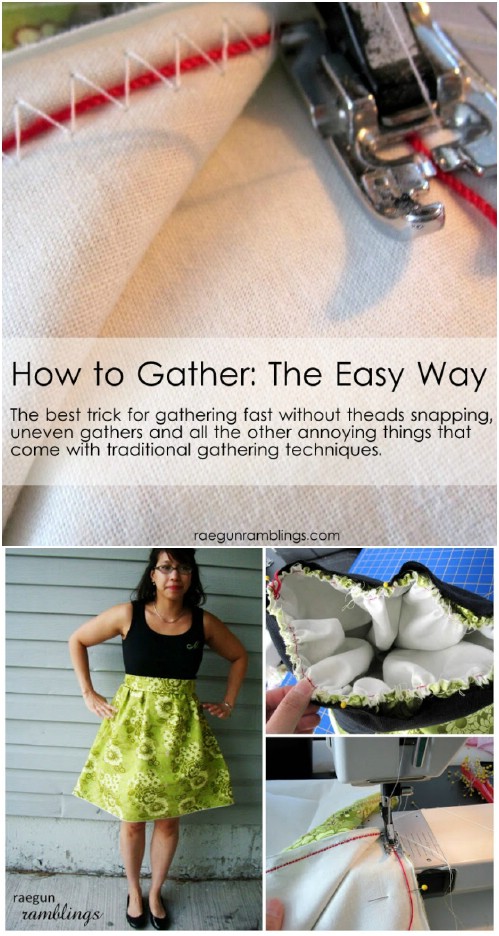
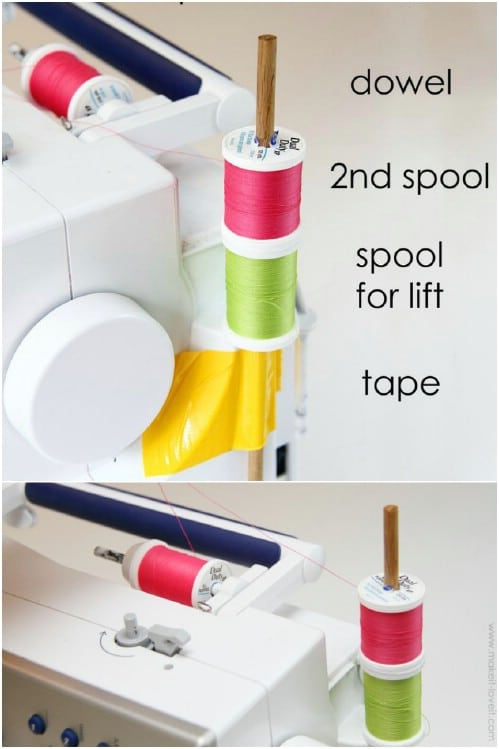
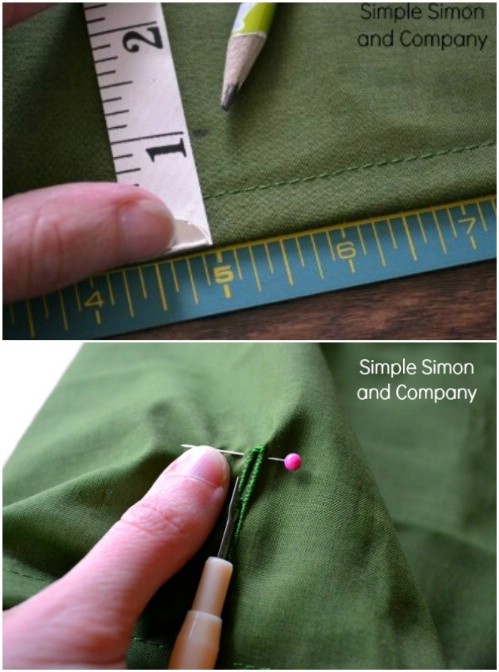
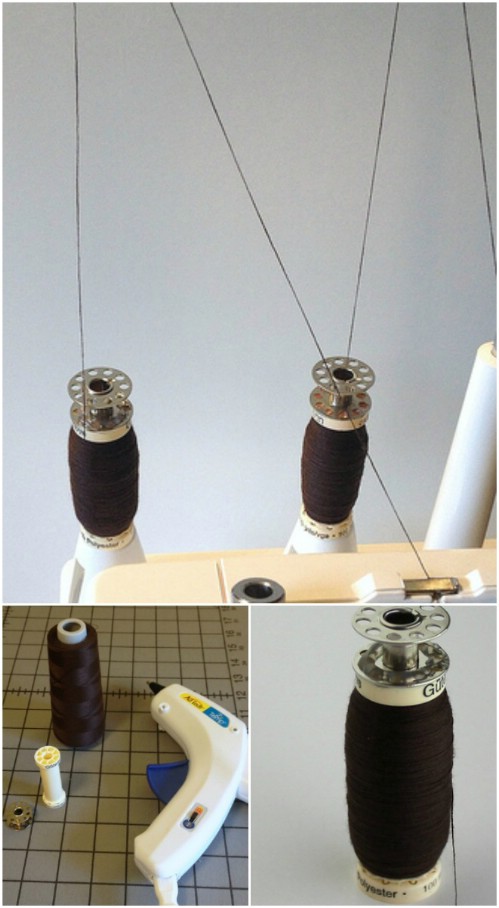
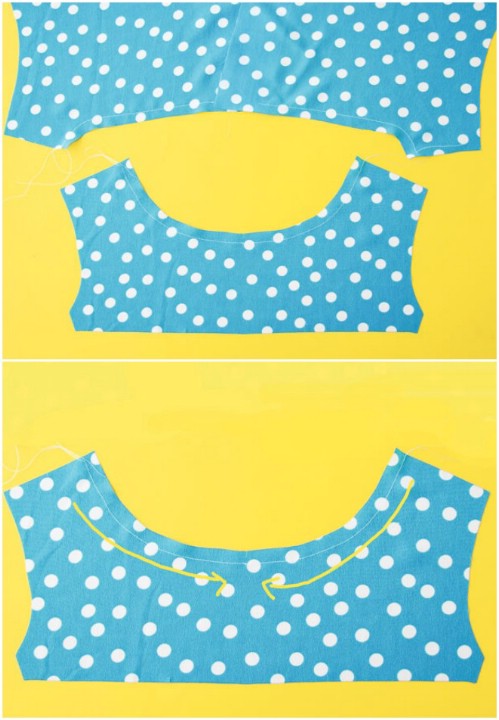
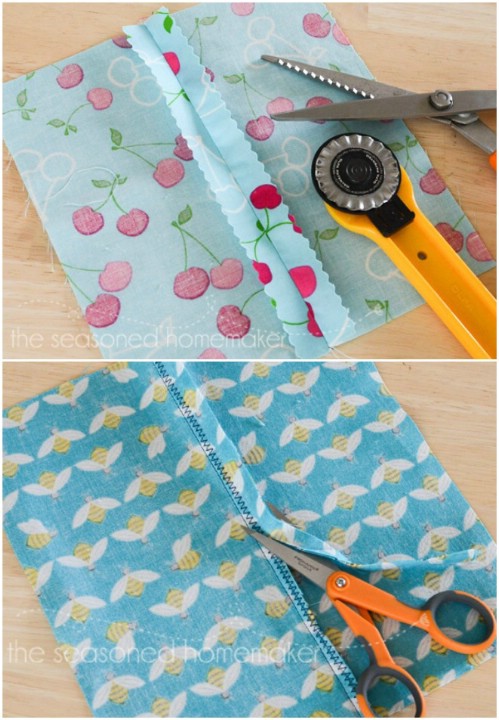
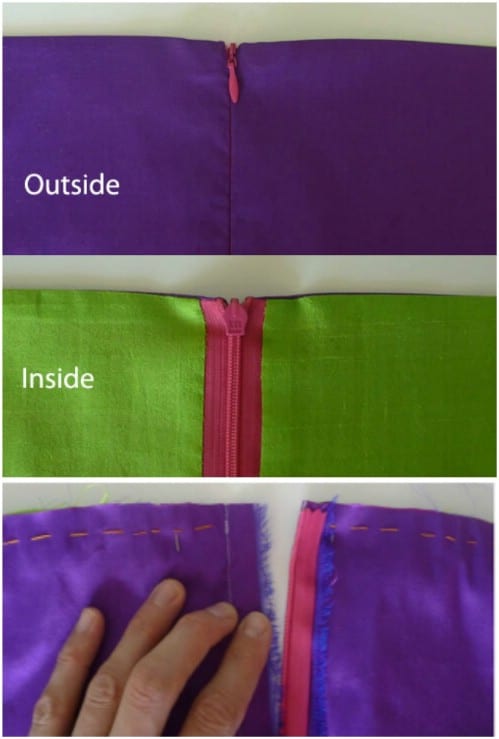
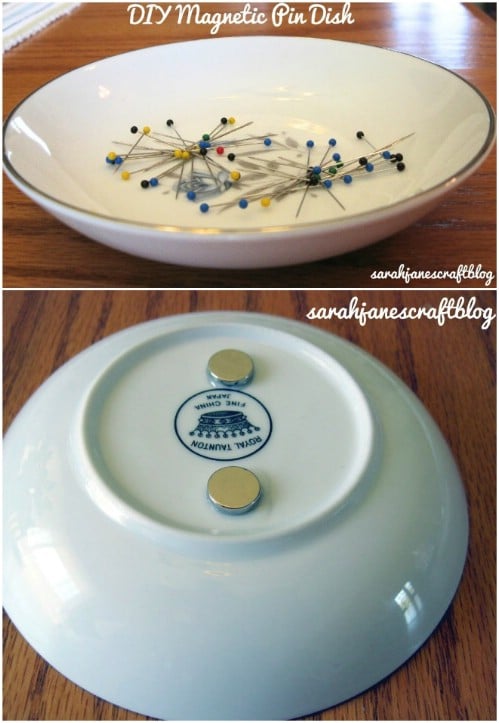
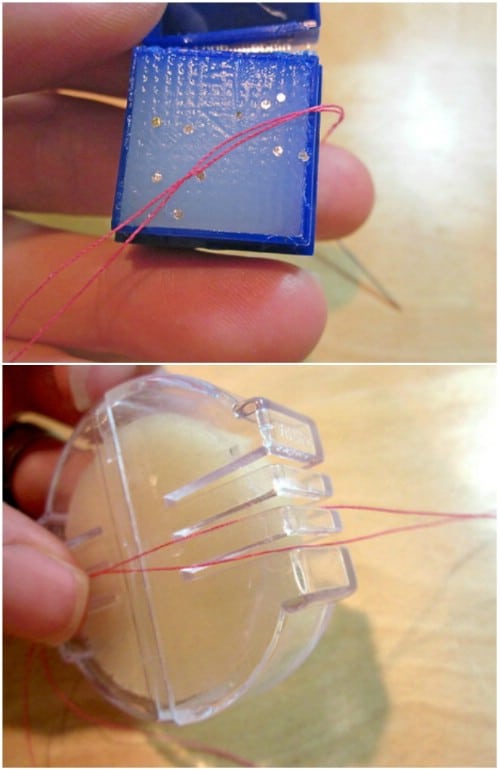

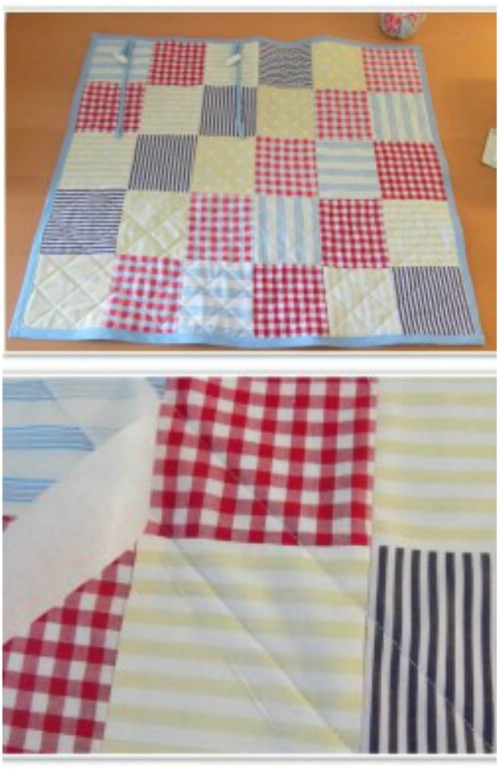
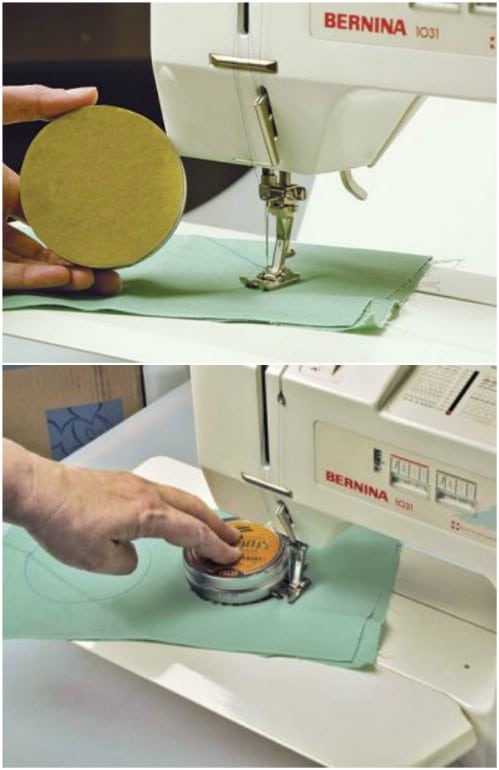

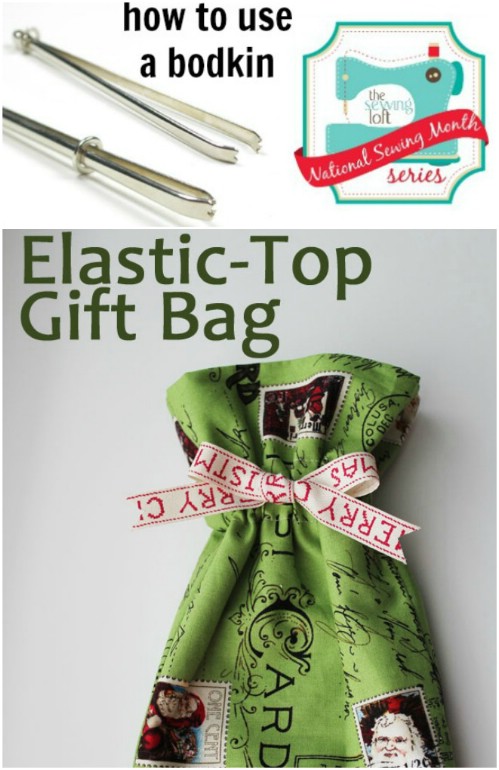
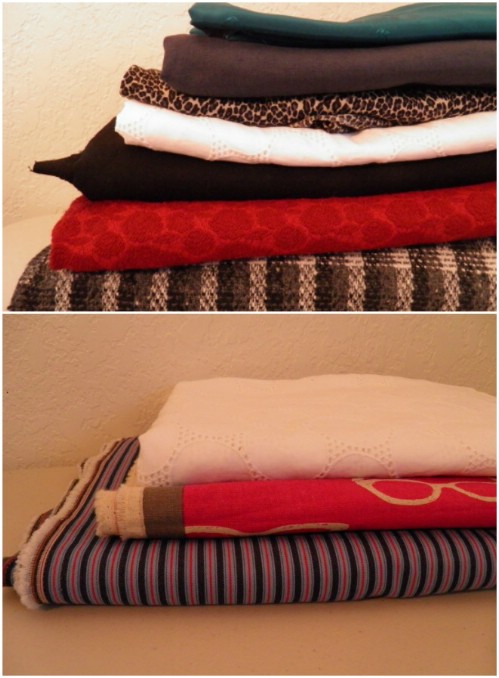
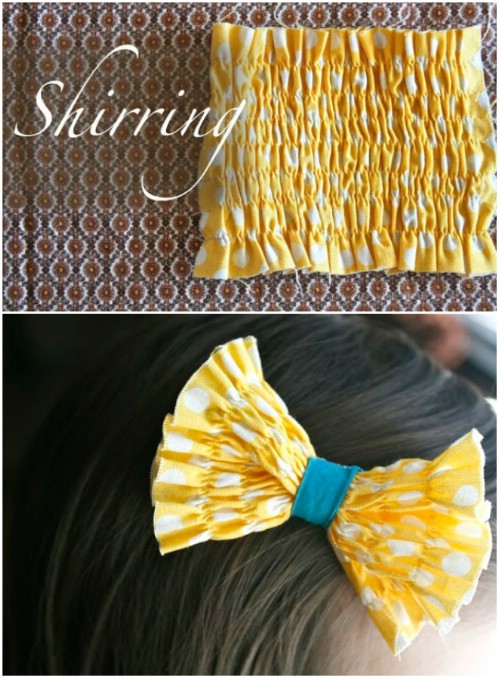
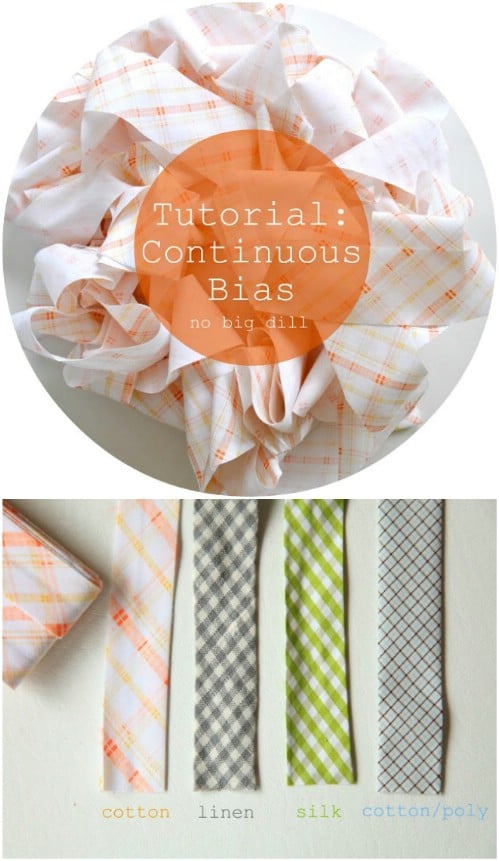
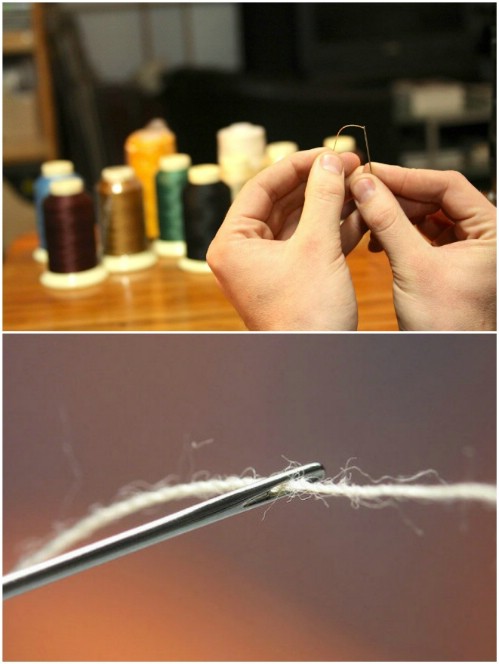
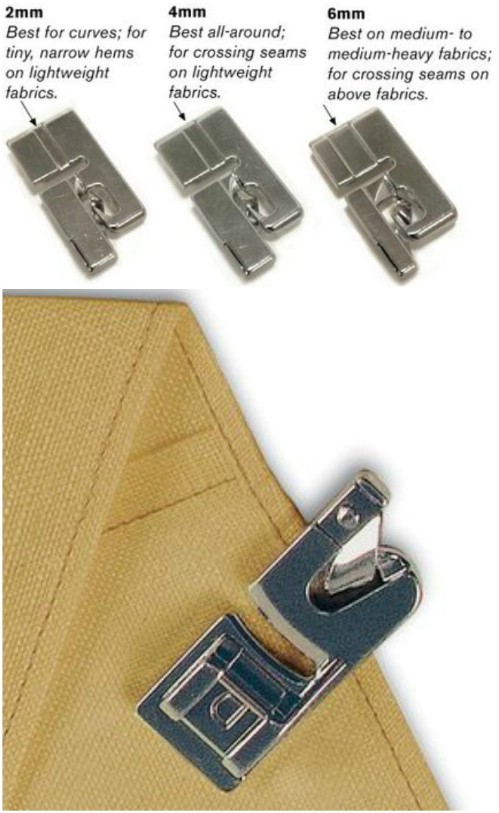
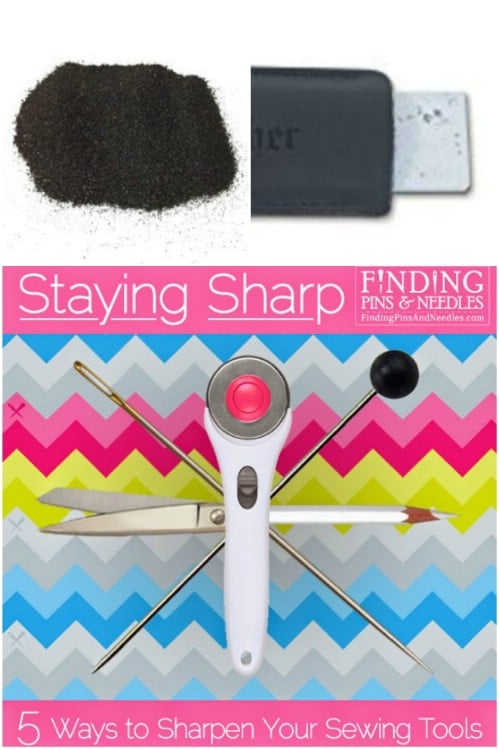
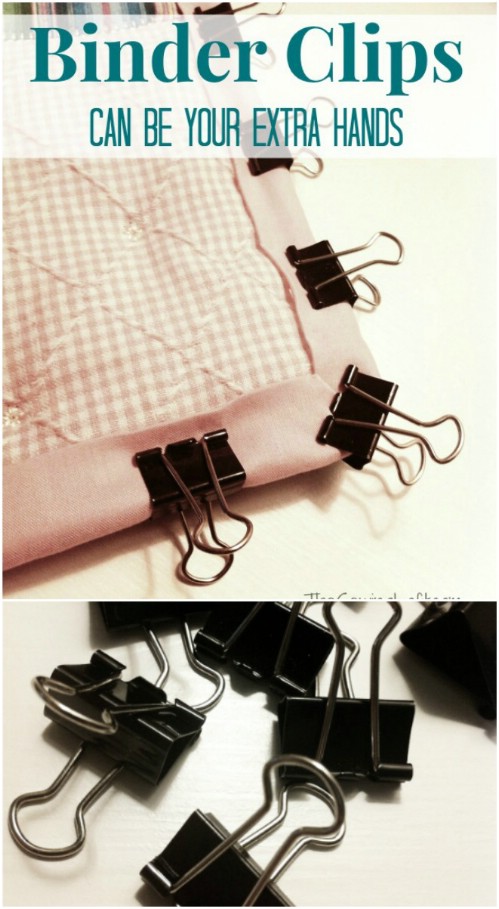
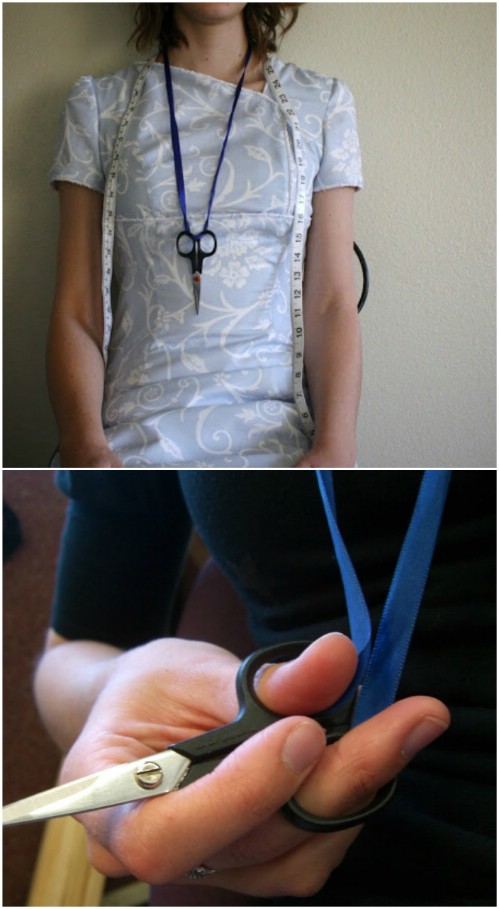
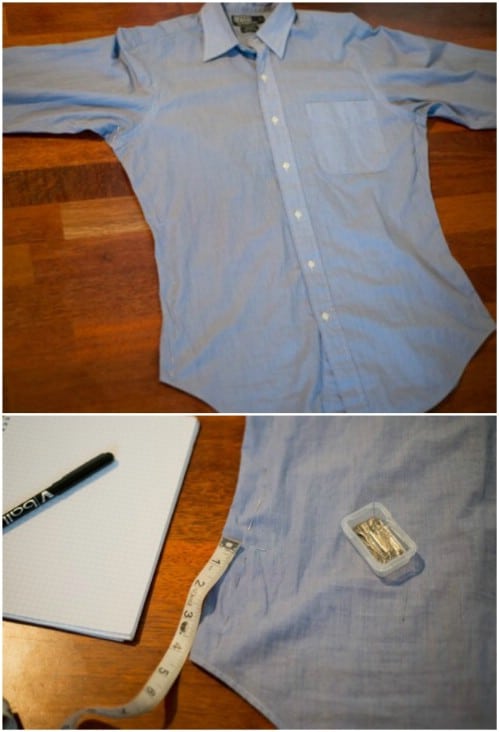
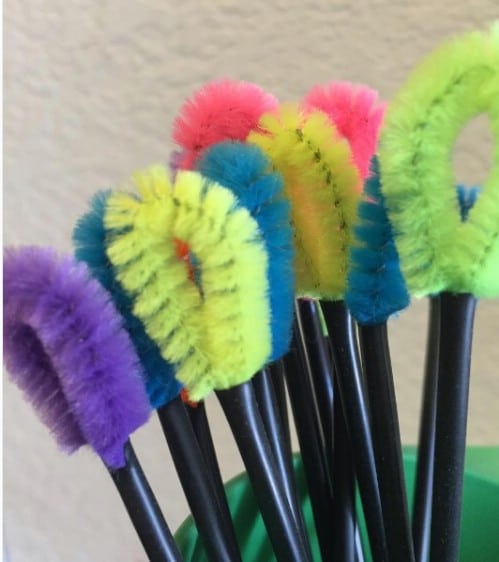
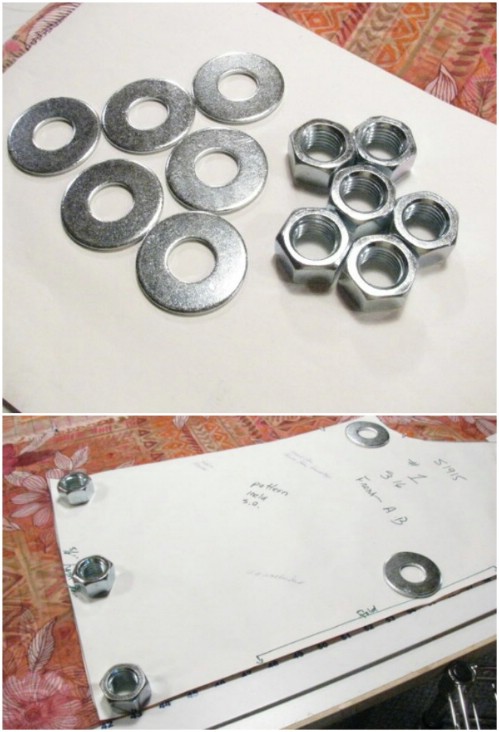
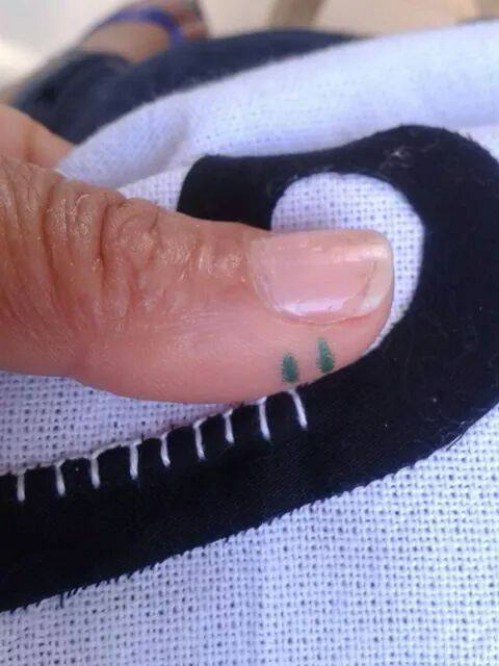
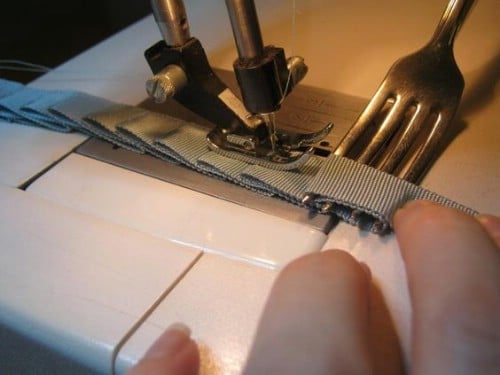
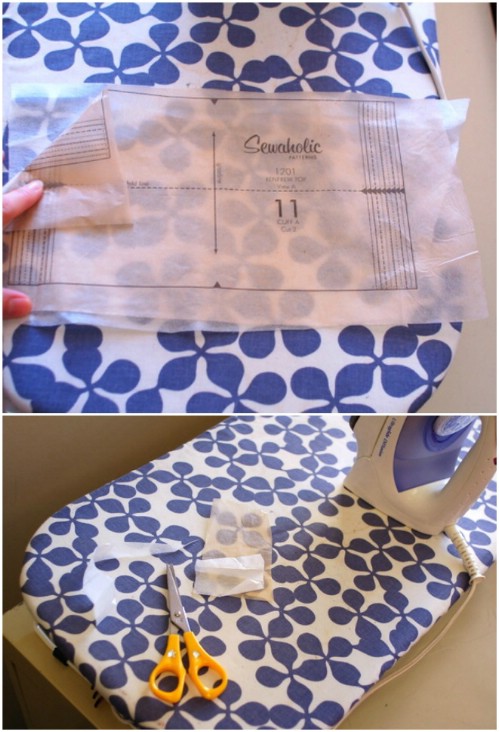
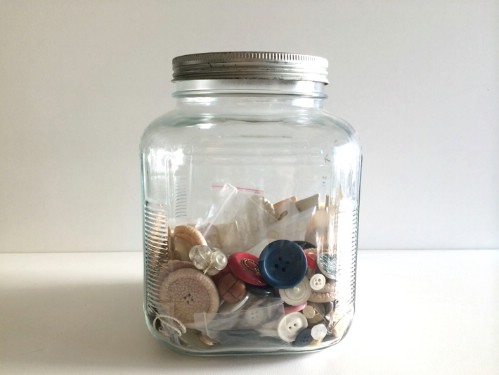
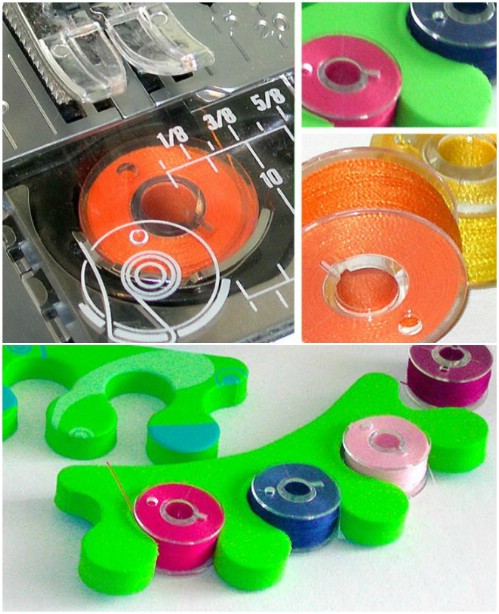
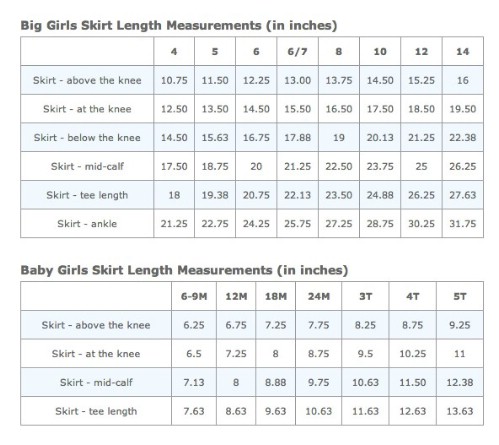
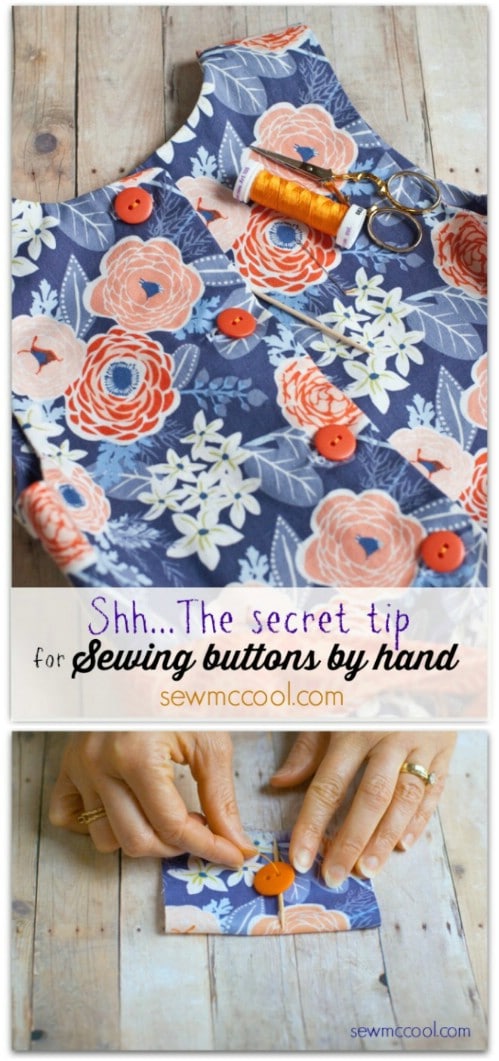
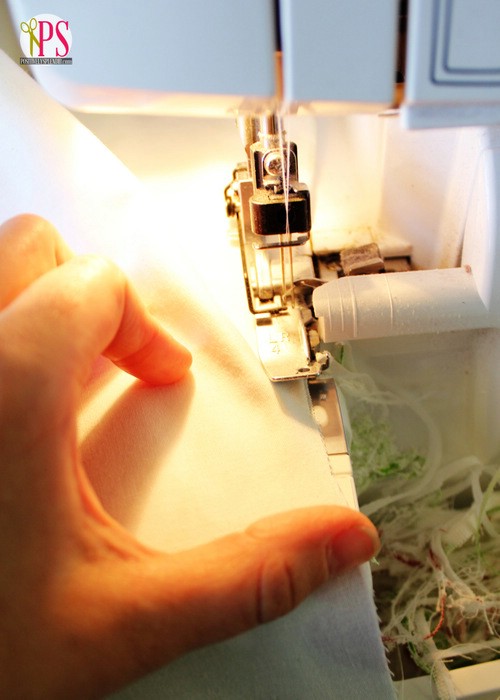
No comments:
Post a Comment